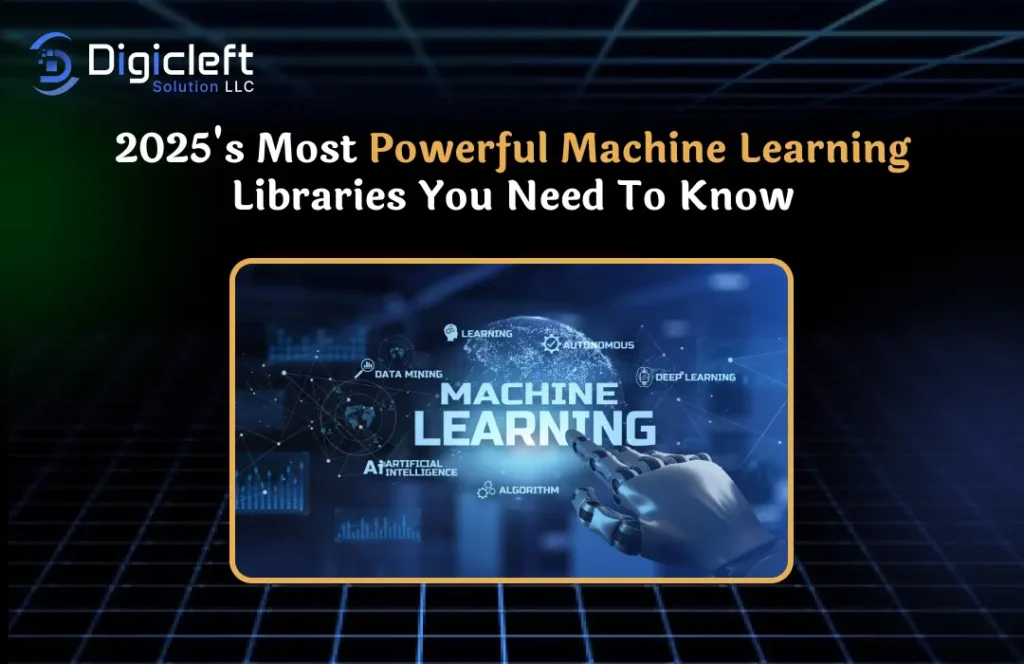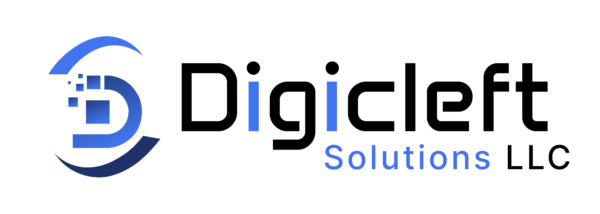
And if you’re looking to get your hands dirty (or just build the next-gen app), you’ll need the right tools. That’s where these powerful machine learning libraries come in.
Let’s explore the most talked-about, widely used, and insanely effective ML libraries dominating 2025. Whether you’re a seasoned data scientist or just dipping your toes in there’s something here for you.
What Makes a Machine Learning Library Powerful?
- Performance & Speed: Look for GPU acceleration, parallelization, and smart memory handling.
- Scalability: In 2025, big data and distributed training are non-negotiable.
- Community Support: A vibrant developer community and solid documentation make or break the experience.
- Modern Integrations: Tools must connect smoothly with Hugging Face, Azure Machine Learning, Kubernetes, and other ecosystems.
Top ML Libraries Leading the Pack in 2025
TensorFlow 3.0 Google’s Flagship, Smarter Than Ever
The latest version is lighter, faster, and finally supports dynamic computation graphs.
Highlights:
- Unified high and low-level APIs
- Out-of-the box edge device support
- Enhanced AutoML and explainable AI tools
Use Cases: Deep learning at scale, production pipelines, edge ML.
PyTorch X The Flexible Giant
Still the go-to for research, PyTorch X is Meta’s cutting-edge version, now making waves in the enterprise space too.
PyTorch vs TensorFlow in 2025:
- PyTorch: Research & rapid prototyping
- TensorFlow: Production & deployment pipelines
JAX – The Speed Demon
Backed by Google, JAX is a top pick among researchers for its blazing speed (thanks to XLA) and familiar NumPy-style syntax.
Used By: Google DeepMind, NASA, top scientific institutions
Hugging Face Transformers-NLP’s Crown Jewel
NLP is still booming, and Hugging Face leads with 100,000+ pre-trained models, multi-modal support, and smooth deployment APIs.
Use Cases: Conversational AI, therapy bots, AI companions, multilingual assistants.
Fastai – Machine Learning for Everyone
Built on PyTorch, fastai is perfect for beginners, educators, and startups. Intuitive API + automatic hyperparameter tuning fast results.
Scikit-learn 2.1 The OG, Reinvented
Still a classic for traditional ML tasks, now with GPU support and pipeline integration in 2025.
XGBoost & LightGBM – Boosting Kings
Still dominating structured/tabular data and Kaggle competitions. Now more memory-efficient and cloud-friendly.
ML.NET – .NET Developers’ Secret Weapon
For those in the Microsoft ecosystem, ML.NET is a beast. Great for both traditional Machine Learning and deep learning with native Azure support.
ONNX – The Interoperability Champion
Train in PyTorch, deploy in TensorFlow? ONNX bridges the gap. The 2025 runtime is faster, lighter, and cloud-optimized.
Emerging ML Libraries to Watch
- Ludwig (by Uber): No-code Machine Learning interface. Train a model from a CSV file using just one command.
- Haystack: Ideal for modern document retrieval and AI search systems.
- DeepSpeed (by Microsoft): Perfect for billion-parameter models with reduced resource usage.
- AutoGluon (by Amazon): AutoML for the masses. High-accuracy models with minimal tuning.
How to Choose the Right ML Library in 2025
- Know Your Project Goals: Choose tools based on your use case NLP, vision, edge, etc.
- Skill Level: Beginners should try Fastai or Scikit-learn; advanced users can go for JAX or DeepSpeed.
- Community & Ecosystem: Look for GitHub activity, documentation, tutorials, and forums.
Digicleft Solution’s Take on ML Libraries
Digicleft Solution has worked with enterprises, startups, and educators and their verdict is clear: no single library rules them all.
Why We Recommend a Multi-Library Approach
Using multiple libraries ensures flexibility, optimized resources, and smooth cross-platform deployment.
Example Workflow: Build with PyTorch → Convert via ONNX → Deploy using TensorFlow Lite
Real Use Cases from Digicleft Clients
- A retail client used Fastai + Hugging Face to build a multilingual chatbot in weeks.
- A logistics company used XGBoost + ML.NET for accurate route prediction.
What’s Next in ML Libraries?
- No-Code / Low-Code Growth: Tools like Ludwig and AutoGluon make Machine Learning accessible to non-programmers.
- Multi-Modal AI: Unified text, image, and audio models are becoming mainstream.
- Cloud-Native Libraries: Most Machine Learning libraries now support cloud deployment and built-in MLOps tools.
Conclusion
2025 is a landmark year for machine learning. Whether you’re building a smart assistant, automating service, or optimizing logistics the right ML library makes all the difference.
And with expert guidance from teams like Digicleftsolutionllc, you’ll be ready to build, scale, and succeed.
FAQs
- Which ML library is best for beginners in 2025?
Fastai and Scikit-learn. Easy to learn and well-documented. - Are no-code ML libraries reliable?
Yes. Ludwig and AutoGluon are great for prototypes and MVPs. - What’s the fastest ML library in 2025?
JAX and DeepSpeed lead in performance, especially for large models. - How do I deploy ML models?
Use TensorFlow Serving, ONNX Runtime, or Hugging Face APIs depending on your stack. - Does Digicleft offer ML consulting?
Absolutely. Digicleft Solution offers full-stack AI services from modeling to deployment.


